Google Brings Touch and Gesture Interaction On Your Clothes With Project Jacquard
The brilliant minds behind <a href="https://www.crazyengineers.com/threads/motorola-project-ara-is-here-for-doing-to-hardware-what-android-did-to-software.71431">Motorola Project Ara Is Here For Doing To Hardware What Android Did To Software</a> modular smartphone and 3D mapping initiative <a href="https://www.crazyengineers.com/threads/google-reveals-developer-edition-tablet-for-its-3d-mapping-initiative-project-tango.75139">Google Reveals Developer Edition Tablet For Its 3D Mapping Initiative Project Tango</a> have announced their new project that aims to put a trackpad on your clothes some day. Google's Advanced Technologies and Projects (ATAP) division took the covers off Project Jacquard on the second day of Google I/O 2015. With Project Jacquard it is now possible to weave regular and conductive fabric into a single piece of textile. The Jacquard yarn combines metallic alloys with all kinds of fabric such as cotton, polyester and silk. Google claims that the new fabric produced by combining these different materials is durable enough to be woven on any industrial yarn making it easier to mass-produce clothes with touch and gesture capabilities that can be used to control smartphones, tablets and PCs.
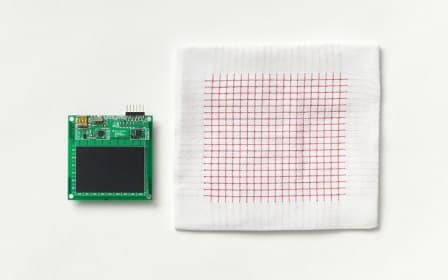
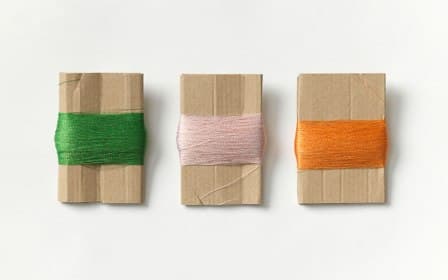
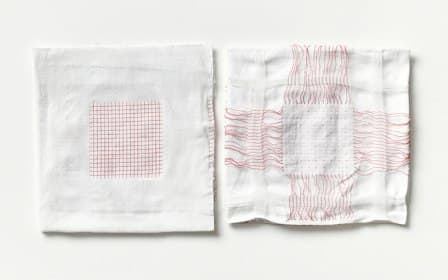
Textile manufacturers can scale Project Jacquard to any level they want. They can either weave touch and gesture-sensitive panels on a certain portion of the apparel or make the entire dress touch-sensitive. While the weaving part was a cakewalk for Google, it had to put in more effort in developing the electronic components that assist the functioning of Jacquard fabric. The company has developed tiny button-sized circuits and connectors that attach with the conductive fabric of clothes very discreetly. These circuits have been programmed with machine-learning algorithms that help them recognise different gestures drawn on them. These conductive surfaces use low-power Wi-Fi to communicate with devices. This is the same <a href="https://www.crazyengineers.com/threads/wi-fi-backscatter-technology-connects-battery-free-devices-to-internet.76158">Wi-Fi Backscatter Technology Connects Battery-Free Devices To Internet</a> that is used to power devices devoid of batteries.
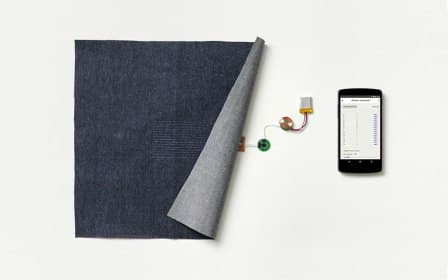
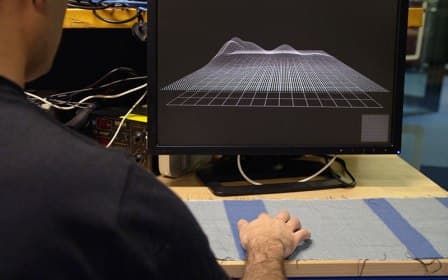
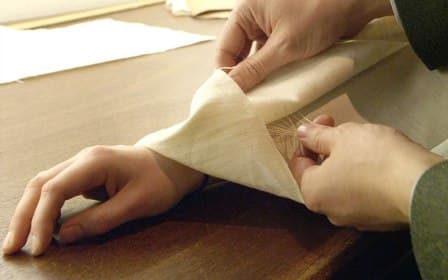
The folks over at #-Link-Snipped-# were able to try out the product in its prototype stage at the Google I/O conference. Conductive fabric that was spread across a table was able to perform tasks such as turning on lights and controlling media players. Google admitted that in its present state Project Jacquard fabrics only work on flat surfaces. They aren’t flexible enough to be woven into the actual clothes we wear on a day-to-day basis. The company says it is working tirelessly to refine this technology with the help of partners from the apparel industry. To learn more about this development, visit the #-Link-Snipped-# website and have a look at the video presentation below.



Textile manufacturers can scale Project Jacquard to any level they want. They can either weave touch and gesture-sensitive panels on a certain portion of the apparel or make the entire dress touch-sensitive. While the weaving part was a cakewalk for Google, it had to put in more effort in developing the electronic components that assist the functioning of Jacquard fabric. The company has developed tiny button-sized circuits and connectors that attach with the conductive fabric of clothes very discreetly. These circuits have been programmed with machine-learning algorithms that help them recognise different gestures drawn on them. These conductive surfaces use low-power Wi-Fi to communicate with devices. This is the same <a href="https://www.crazyengineers.com/threads/wi-fi-backscatter-technology-connects-battery-free-devices-to-internet.76158">Wi-Fi Backscatter Technology Connects Battery-Free Devices To Internet</a> that is used to power devices devoid of batteries.



The folks over at #-Link-Snipped-# were able to try out the product in its prototype stage at the Google I/O conference. Conductive fabric that was spread across a table was able to perform tasks such as turning on lights and controlling media players. Google admitted that in its present state Project Jacquard fabrics only work on flat surfaces. They aren’t flexible enough to be woven into the actual clothes we wear on a day-to-day basis. The company says it is working tirelessly to refine this technology with the help of partners from the apparel industry. To learn more about this development, visit the #-Link-Snipped-# website and have a look at the video presentation below.
0
